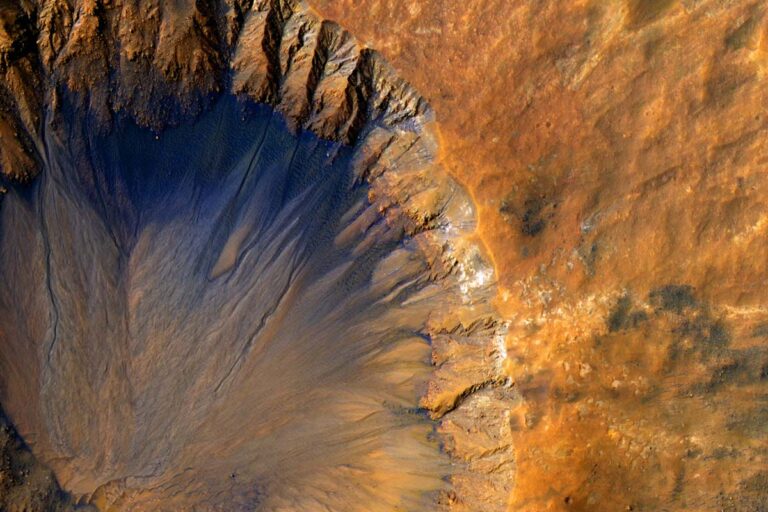NASA’s Perseverance rover just got its first piece of Mars rock

Confirmed by NASA on 6 September 2021, the Perseverance Mars—the rover currently exploring the surface of our brown, desolate twin planet—succeeded in collecting rock from its surface. This marks the first-ever time the rover got its robotic ‘hands’ (for lack of a better word) on Martian rock—with scientists eagerly awaiting to pore over it, once a future mission eventually brings it to Earth.
“I’ve got it!” the space agency tweeted from NASA’s Perseverance Mars rover official Twitter account—announcing the news in a humorous and frankly loveable way. In the tweet, it also released a photograph of the rock core, slightly thicker than a pencil placed inside a sample tube.
I’ve got it! With better lighting down the sample tube, you can see the rock core I collected is still in there. Up next, I’ll process this sample and seal the tube. #SamplingMars
— NASA's Perseverance Mars Rover (@NASAPersevere) September 5, 2021
Latest images: https://t.co/Ex1QDo3eC2 pic.twitter.com/gumqpmoXBW
Extracting ancient layers of exposed bedrock
Its first target was a rock nicknamed ‘Rochette’—reported to be around the size of a briefcase—located on a ridgeline, which is particularly interesting to scientists due to it containing ancient layers of exposed bedrock. To extract the rock, the rover used a drill with a hollow coring tool at the end of its 2-metre long robot arm to extract the samples.
Originally, the sample collected on 1 September was in doubt, with NASA unsure whether the rover had successfully held onto the precious rock due to initial images being unclear in poor light. Luckily, however, it was verified that the rover did in fact have a good enough grasp—with later images confirming the contents before transferring the tube into the rover’s interior for further measuring and imaging before hermetically sealing the container.
A momentous achievement by the most complex mechanism is space
Although small in size, the Martian rock is expected to have huge value for space research back here on Earth. The news has been likened to the first samples of rock taken from the Moon, which is still invaluable to researchers today, by Thomas Zurbuchen, associate administrator for science. NASA administrator, Bill Nelson, said in a statement that “this is a momentous achievement and I can’t wait to see the incredible discoveries produced by Perseverance and our team.”
“Getting the first sample under our belt is a huge milestone,” Perseverance project scientist Ken Farley of Caltech said. “When we get these samples back on Earth, they are going to tell us a great deal about some of the earliest chapters in the evolution of Mars. But however geologically intriguing the contents of sample tube 266 will be, they won’t tell the complete story of this place. There is a lot of Jezero Crater left to explore, and we will continue our journey in the months and years ahead.”
NASA’s Perseverance rover is currently the most complex mechanism ever sent to space: it took an impressive 3000 parts to form the state-of-the-art planet explorer (and rock collector) at the cutting-edge of space technology. Its job in collecting the sample of Mars is undoubtedly a monumental achievement but we’ve only scraped the surface in terms of what this robot is capable of… there is still much more to explore.





